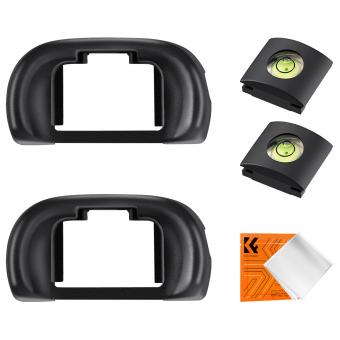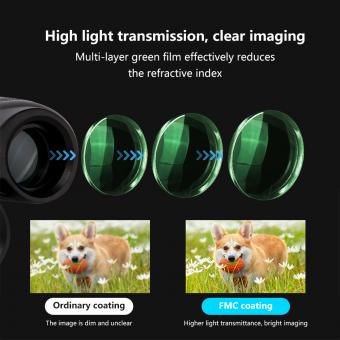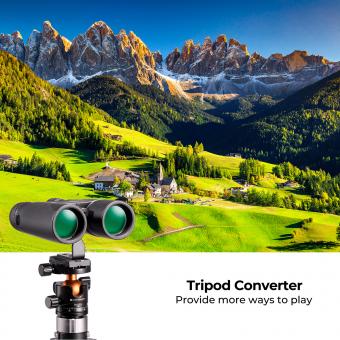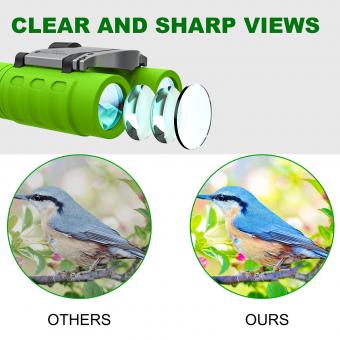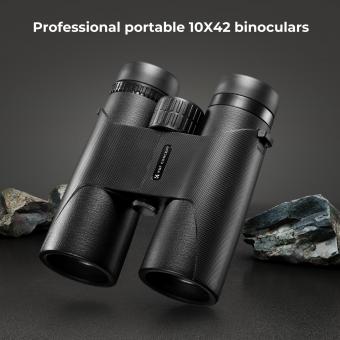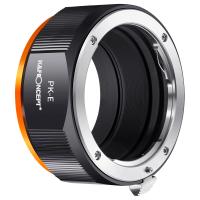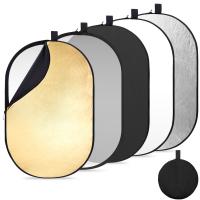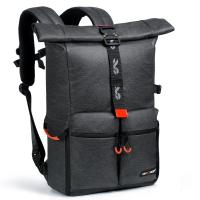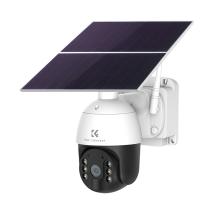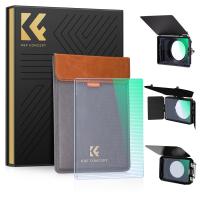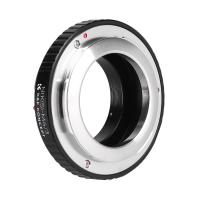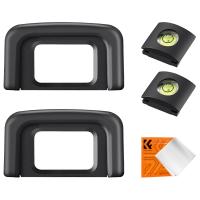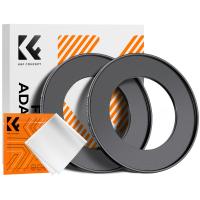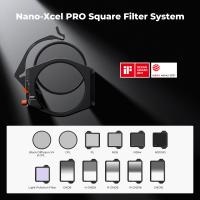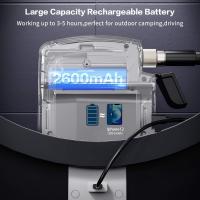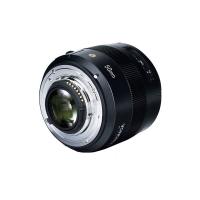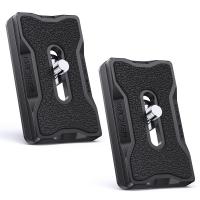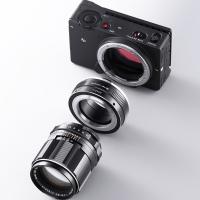Which Binoculars Are More Powerful ?
The power of binoculars is determined by their magnification. Higher magnification binoculars will provide a closer view of distant objects. However, it is important to note that higher magnification also results in a narrower field of view and can make the image shakier. The most powerful binoculars available commercially typically have magnifications between 20x and 30x. These are often used for specific purposes such as astronomy or long-range bird watching. It is important to consider your specific needs and preferences when choosing binoculars, as higher magnification may not always be necessary or suitable for every situation.
1、 Magnification power
When it comes to determining which binoculars are more powerful in terms of magnification power, it is important to consider various factors. Magnification power refers to the degree to which an object appears larger when viewed through binoculars. Generally, binoculars with higher magnification power provide a closer and more detailed view of distant objects. However, it is crucial to strike a balance between magnification power and other factors such as field of view, image stability, and brightness.
Traditionally, binoculars with magnification power ranging from 8x to 10x have been popular among outdoor enthusiasts and birdwatchers. These binoculars offer a good balance between magnification and stability, allowing for a steady view even when holding them by hand. Higher magnification binoculars, such as those with 12x or 16x power, can provide a more detailed view but may require additional stabilization, such as using a tripod, to avoid image shake.
In recent years, technological advancements have led to the development of binoculars with even higher magnification power. Some manufacturers now offer binoculars with magnification power exceeding 20x. These binoculars can provide incredibly detailed views of distant objects, making them suitable for activities like astronomy or long-range observation.
However, it is important to note that higher magnification power does come with some drawbacks. As magnification increases, the field of view tends to decrease, making it more challenging to locate and track moving objects. Additionally, higher magnification binoculars may require more light to produce a bright and clear image, which can be a concern in low-light conditions.
Ultimately, the choice of binoculars with the most powerful magnification power depends on the specific needs and preferences of the user. It is advisable to try out different models and consider factors like stability, field of view, and brightness before making a decision.
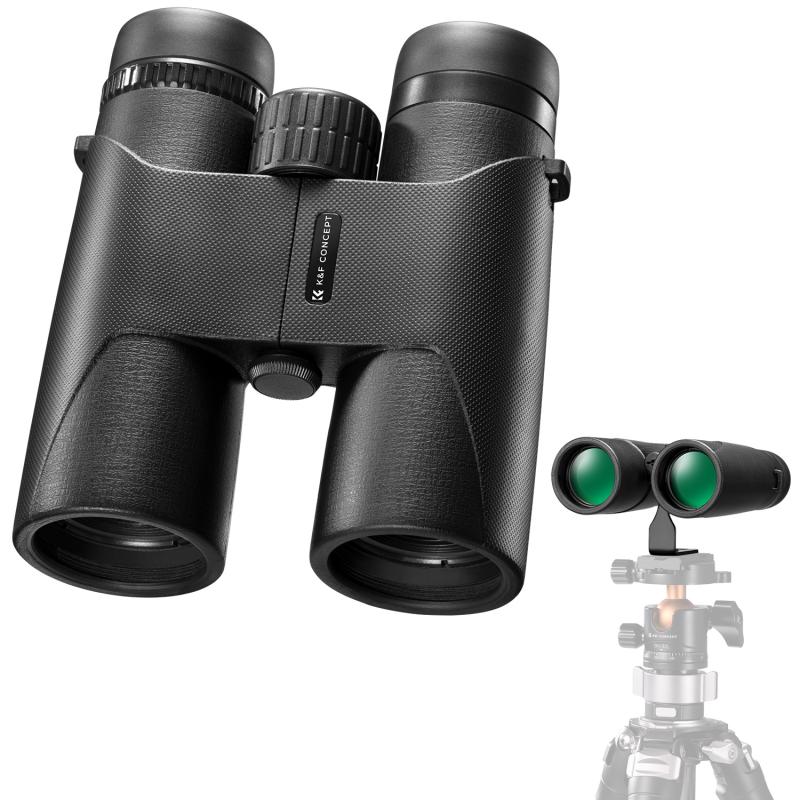
2、 Objective lens diameter
The power of binoculars is determined by several factors, one of which is the objective lens diameter. The objective lens diameter refers to the size of the lenses at the front of the binoculars, measured in millimeters. Generally, binoculars with larger objective lens diameters are considered more powerful.
Larger objective lenses allow more light to enter the binoculars, resulting in brighter and clearer images. This is particularly important in low-light conditions, such as at dusk or dawn, or when observing distant objects. Binoculars with larger objective lenses also have a wider field of view, allowing you to see more of the surrounding area.
However, it is important to note that the power of binoculars is not solely determined by the objective lens diameter. Other factors, such as the magnification power and lens quality, also play a significant role in determining the overall performance of the binoculars.
In recent years, there have been advancements in lens technology that have allowed for improved performance even with smaller objective lens diameters. Manufacturers have been able to develop binoculars with higher quality lenses and coatings that enhance light transmission, resulting in brighter and clearer images.
Therefore, while larger objective lens diameters generally indicate more powerful binoculars, it is important to consider other factors as well. The latest advancements in lens technology have made it possible for binoculars with smaller objective lens diameters to deliver impressive performance. Ultimately, the choice of binoculars should be based on your specific needs and preferences, taking into account factors such as intended use, budget, and desired features.
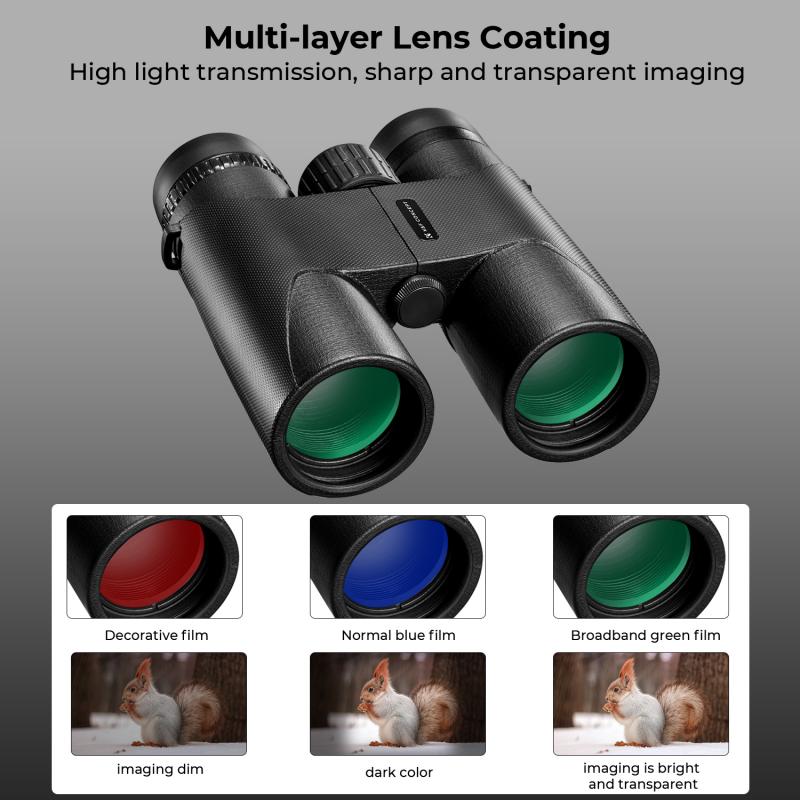
3、 Field of view
When comparing binoculars, the term "powerful" can refer to different aspects of their performance. In this case, we will focus on the field of view, which is an important factor to consider when choosing binoculars.
The field of view refers to the width of the area that can be seen through the binoculars at a specific distance. A wider field of view allows you to observe a larger area without having to constantly move the binoculars. This is particularly useful when observing fast-moving objects or when scanning large landscapes.
In general, binoculars with a lower magnification tend to have a wider field of view. This is because higher magnification binoculars typically have narrower fields of view due to the increased zoom. However, advancements in technology have allowed manufacturers to produce binoculars with higher magnification and wider fields of view.
Currently, there are binoculars available on the market that offer both high magnification and a wide field of view. These binoculars often incorporate advanced optics and lens designs to achieve this balance. They provide users with the ability to observe distant objects with great detail while still maintaining a wide field of view for a more immersive viewing experience.
It is important to note that the field of view can vary between different models and brands of binoculars. Therefore, it is recommended to research and compare specific models to determine which binoculars offer the most powerful field of view for your specific needs.
In conclusion, when considering the field of view, the most powerful binoculars are those that offer a wide field of view while still providing high magnification. Advancements in technology have made it possible to find binoculars that strike a balance between these two factors, allowing for a more enjoyable and immersive viewing experience.
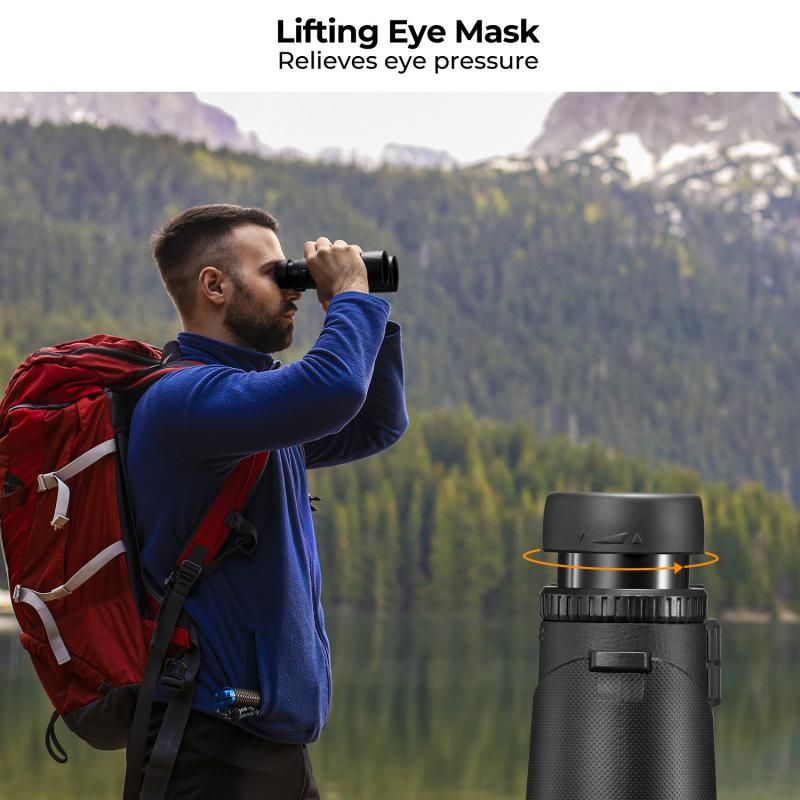
4、 Exit pupil size
The question of which binoculars are more powerful can be answered by considering the exit pupil size. The exit pupil size refers to the diameter of the beam of light that exits the eyepiece of the binoculars and enters the viewer's eye. It is an important factor in determining the brightness and clarity of the image seen through the binoculars.
In general, binoculars with a larger exit pupil size are considered more powerful. This is because a larger exit pupil allows more light to enter the viewer's eye, resulting in a brighter image. This is particularly beneficial in low-light conditions, such as during dawn or dusk, or when observing objects in shaded areas.
However, it is important to note that the power of binoculars is not solely determined by the exit pupil size. Other factors, such as the magnification and objective lens size, also play a significant role in determining the overall performance and power of the binoculars.
In recent years, there have been advancements in binocular technology that have led to the development of binoculars with larger exit pupil sizes. These advancements have resulted in improved image quality and enhanced viewing experiences. Additionally, manufacturers have been focusing on creating binoculars with larger objective lens sizes, which also contribute to a larger exit pupil size.
Ultimately, when considering which binoculars are more powerful, it is important to take into account the exit pupil size along with other factors such as magnification and objective lens size. It is recommended to try out different binoculars and compare their performance in various lighting conditions to determine which ones suit your needs and preferences best.











